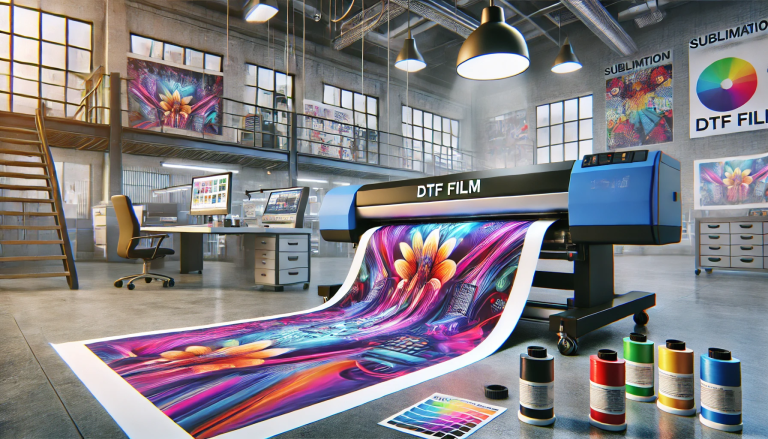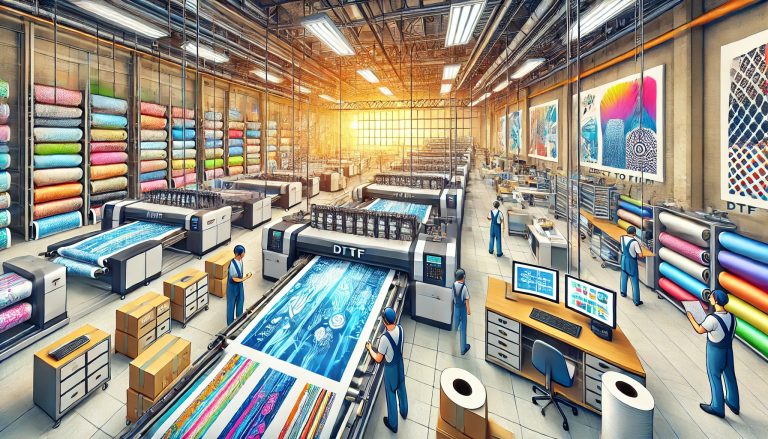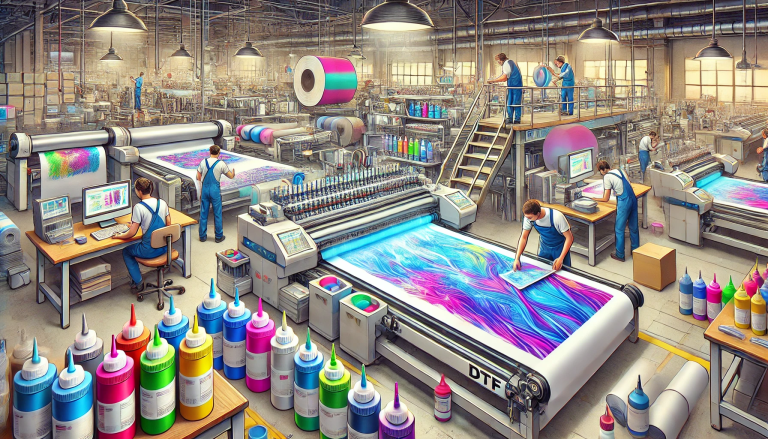“Unveiling the Secrets of UV DTF Printing: A Comprehensive Guide” -MAXDTF- UV DTF PET Decal Supplier, China Transfer DTF UV Film, Made in China
Printing technology has come a long way in recent years, with several new and exciting techniques entering the industry. One of these new technologies is UV DTF (Direct to Film) printing. This new player is making waves with its high-quality prints and efficient production process. But how does UV DTF printing work? Today, we will explore the ins and outs of this emerging technique.
What is UV DTF Printing?
UV DTF printing, or Ultraviolet Direct-to-Film printing, is a new, innovative process that uses ultraviolet light to instantly cure or dry inks onto a special film. It is a type of digital printing that enables designers to print vibrant, full-color images directly onto films, which can then be transferred onto various surfaces including textiles, ceramics, metal, plastic, and more.
Advantages of UV DTF Printing
UV DTF printing is gaining popularity for several reasons:
- Versatility: UV DTF printing works on a wide range of substrates, allowing businesses to diversify their product offerings.
- Durability: UV DTF prints are resistant to weathering, scratching, and chemicals, which makes them ideal for outdoor and industrial applications.
- Speed: The UV curing process is almost instantaneous, which makes it faster than traditional drying methods.
- Environmental Impact: UV DTF printers use energy-efficient UV LED lamps and produce less waste, reducing the environmental footprint of the printing process.
The UV DTF Printing Process
The UV DTF printing process has a few steps which need to be followed for successful prints. Here’s how it generally works:
1. Preparing the Design
First, the design is prepared using software like Adobe Illustrator or Photoshop. The image is then sent to the printer’s software, which translates it into a format the printer can understand.
2. Printing the Design
The printer takes over from here. It applies ink onto a special film, layer by layer, while simultaneously curing (or drying) the ink with UV light. This curing process takes place at a microscopic level, making the print incredibly detailed and vibrant.
3. Transferring the Print
The printed film is then applied to the substrate, be it a T-shirt, mug, or anything else. The transfer process is done either by heat press or other methods depending on the substrate.
Tips for Successful UV DTF Printing
Here are some tips to ensure your UV DTF printing experience goes smoothly:
- Understand Your Substrate: The nature of the substrate can greatly affect the outcome of your prints. Always test print before starting a big project.
- Maintain Your Printer: Regular maintenance and cleaning of the printer is essential for its longevity and to ensure consistently high-quality prints.
- Color Management: Color reproduction in digital printing can be tricky. Make sure to calibrate your monitor and printer for accurate colors.
- Practice Makes Perfect: Like any new technique, UV DTF printing takes practice to perfect. Keep experimenting and learning.
- Safety First: UV light can be harmful. Always use UV-protective eyewear and follow manufacturer’s safety instructions.
Conclusion
UV DTF printing is a ground-breaking technology with promising potential. With its versatility, speed, and eco-friendliness, it’s no wonder this method is quickly becoming a go-to for businesses and artists alike. Remember, understanding the process, practicing the technique, and taking good care of your equipment are key to mastering UV DTF printing. Happy printing!





